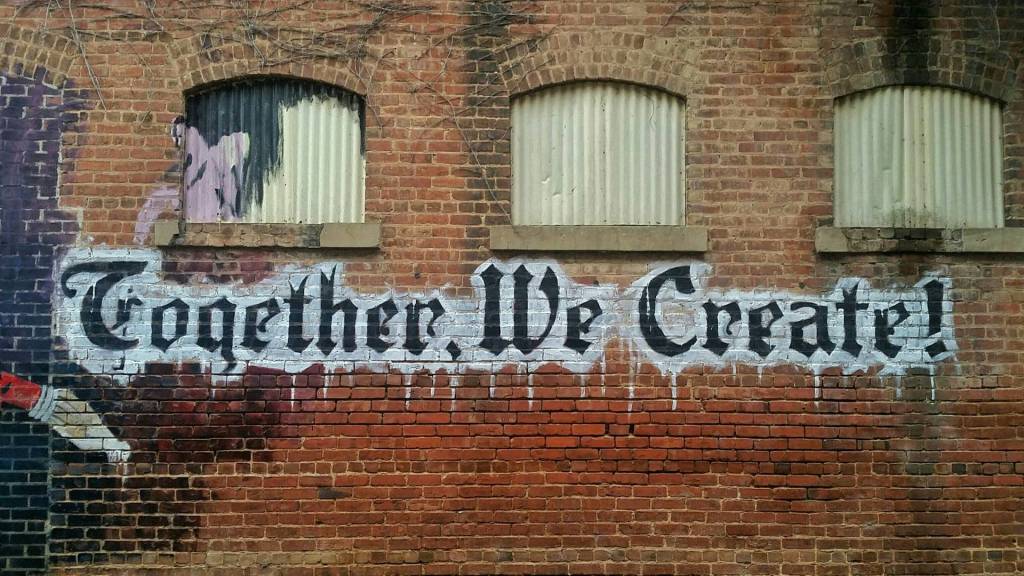Today, I spoke to Dave Ulrich, whois as a Professor of Business at the University of Michigan, a partner at the RBL Group, and author of the new book The Why of Work: How Great Leaders Build Abundant Organizations That Win. This is a follow-up to my previous interview with Dave last August. In this interview, Dave talks about what motivates people to work, the abundant organization model, and tips for business owners who want to create meaning in the workplace.
Why is it important to think about “why employees are working” not “why aren’t employees working harder”?
People work for many reasons. For some it is a drudgery that must be endured, for others it is purely economic, and for others work has a sense of meaning. When work is a setting and opportunity for employees to find meaning, their personal lives are more abundant, but they are also more productive. People can work harder and put in their time and go through the motions, but when they put in their energy and emotion, they are more likely to produce more. In addition, when employees create meaning, their customers will feel the same and their investors will be happier. Making meaning makes sense and cents.
In your book you state that employees aren’t necessarily working for money. What are they working for?
Again, some employees work for short term money. Other employees find a sense of meaning at work. This meaning is found in identity (who I am), purpose (what I am doing), relationships (who I do things with), work environment (setting or culture in which I work), work challenge (what work I do), opportunities to learn and grow, and delight (what makes me happy). When these more meaning-based outcomes are associated with work, employees will feel a stronger sense of emotional engagement to their organization. This engagement is more than putting in time, but it affects how that time is spent. The new employee value proposition is not just about money, but more about the meaning that comes from a positive work experience.
What is your model of “abundant organization”?
We tried to find a term or phrase to capture how meaning is shaped in organizations. The word abundance means more and to spare. It is about what is not what is not. It focuses on the future not the past. It emphasizes the positive not negative. When we looked at disciplines that examined dimensions of abundance, we were able to cull insights from positive psychology, social responsibility, high performing teams, employee engagement, organization culture, learning and growth, and civility literature’s. Each of these disciplines attempt to explain why and how people find meaning in their personal lives.
When we distilled the insights from these literature’s and place them into an organization context, we were able to identify 7 questions leaders can ask to discern and improve a sense of meaning within an organization. So, abundant organizations are when individual find meaning for themselves, values for others, and hope for humanity. Leaders are the primary meaning makers because they set the tone and because they make decision that enhance meaning for others.
What are some tips for business owners that want to create meaning and value in the workplace?
- Recognize that work is more than a “4-letter” word. People can do work in routine and motion-drive ways or they can find in work a sense of emotion and passion. When leaders see that making meaning makes money, they realize that this is one of their leadership opportunities going forward.
- Help people recognize and use their strengths. When people work on their strengths, they find more meaning in the work they do. When they can use their strengths to strengthen others, they sustain that meaning.
- Give people a compelling purpose to work that aligns their personal motivation or drive at work with the purpose of the organization. If I am driven by insight, I want to work in a company where learning is encouraged.
- Build high relating teams where people care for each other by showing concern in a daily way and by managing conflict openly and constructive.
- Create a positive work environment where employees and customers focus on the positive not the negative. Most of us have experienced cynical, political, and debilitating cultures which we try to avoid if at all possible. Embed in your organization positive features of service, humility, openness, and transparency.

- Customize the work for the needs of the individual employee. Ask yourself, what does an employee find easy, energizing, and enjoyable and try to an employee’s job to the individual needs of the employee.
- Help individual learn and grow from the work that they do. Give employees opportunities to do new things and when they succeed, reward them, but if they fail, become resilient and learn with them.
- Have fun. Encourage civility and delight in the organization by having a way to have fun with your people.
Would you fire an employee who is the best in their field but can’t get along with other people?
They would probably self select out of the organization. Sometimes people who are technical literate and socially illiterate have not had models or skills of how to build relationships. These individuals can often be coached and nurtured so that their technical abilities match their interpersonal skills for long term success.
——-
Dave Ulrich is as a Professor of Business at the University of Michigan and a partner at the RBL Group, a consulting firm focused on helping organizations and leaders deliver value. In 2006, 2008 and 2009, he was ranked as the #1 most influential person in HR by HR Magazine and in 2007 he received the Lifetime Achievement Award from the ASTD. He studies how organizations build capabilities of speed, learning, collaboration, accountability, talent, and leadership through leveraging human resources. He has helped generate award winning data bases that assess alignment between strategies, human resource practices and HR competencies. He has published over 100 articles and book chapters and 20 books, such as HR Transformation, Leadership Code, and his latest book called The Why of Work: How Great Leaders Build Abundant Organizations That Win.













